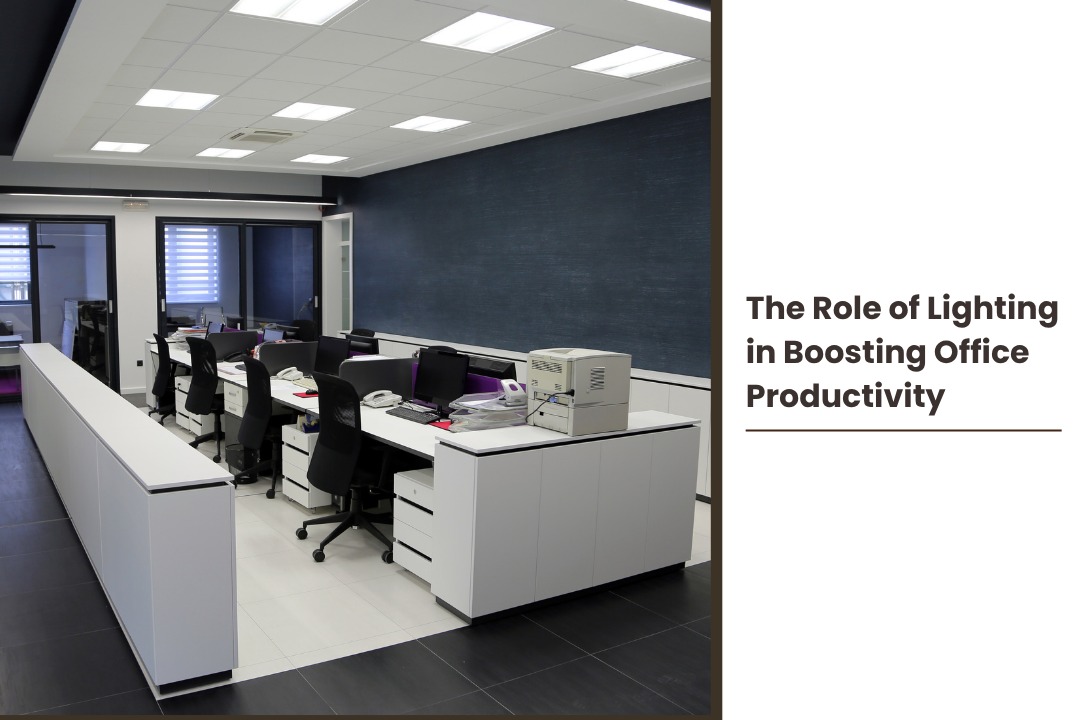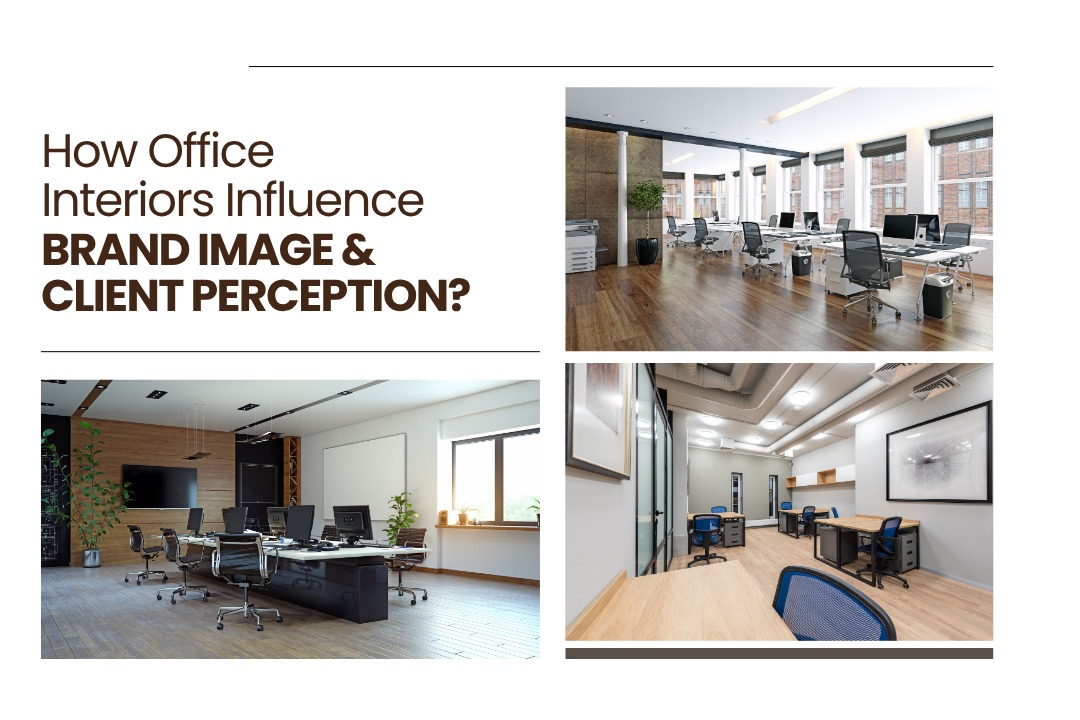Interior And Line
Line is one of the most fundamental elements of design because it can enclose space and convey form through outline and contour. When explain line in interior design context, it means the lines created by the furnishing and architecture of a room. Lines can be combined to create shapes and planes. Certain finishes, structural elements, lighting etc. can be applied to create strong lines within a space.
Lines – be it horizontal, vertical, curving, diagonal; each one has its own impact. Horizontal lines evoke the feeling of emphasis and stability. These lines tend create length and lower the ceiling of a space. Vertical lines can have an uplifting quality and have a tendency to lead the eye upward to create an illusion of increased height. Diagonal lines can add volume to a space making it feel larger than its actual size. Diagonal lines should apply correctly; otherwise it can create a sense of confusion and imbalance. Curved lines usually give a playful and soothing feel.
5
What's New?
Lighting is a fundamental element of office design that plays a tremendous role in employees’ enjoyment, productivity, and general well-being. Proper lighting …
When a client first walks into your office, what they see and feel makes a lasting impression. The way your workplace is …
The kitchen is the hub of the home in this fast-paced world and performs functions beyond mere cooking. A well-thought-out modular kitchen …
When it comes to office design, ceilings often take a backseat to walls, furniture, and flooring. But in 2025, office ceilings have …
Designing the ideal office space is a crucial step toward boosting productivity, collaboration, and employee satisfaction. One of the most significant decisions …







